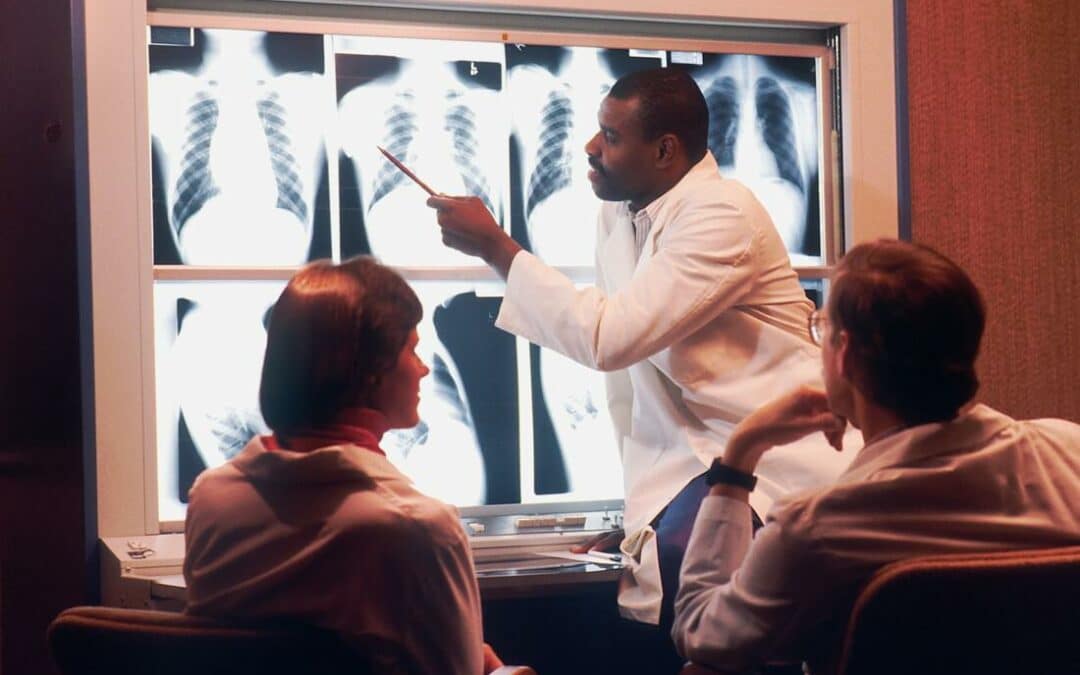Pectus Carinatum is the chest wall deformity in which the breastbone jutted outwards. It affects up to two in every 1,000 children and is most commonly found in boys. Pectus carinatum is also known as a keel chest or pigeon chest. Let’s dive deep and learn about its causes and treatments.
Pectus carinatum usually happens during rapid growth in children aged ten and older. It causes the chest’s top, side, or bottom to grow abnormally. The chest wall grows outwards symmetrically or asymmetrically.
It causes deformity of the average body shape, and spine curving (Scoliosis) may occur.
Genetics and Inheritance have a role in such types of disorders. Our experts can help you to find out the main reason behind this disease and can treat it with efficiency. Book an appointment with Align-Clinic, and let our experts help you.
What Causes Pectus Carinatum?
Typically, the cartilage that connects the ribs grows flat with the chest. But in pectus carinatum, these cartilage tissues grow abnormally, causing unequal growth in the areas where ribs connect to the sternum.
It may appear when the breastbone grows too much. And it also happens following open-heart surgery.
It has mainly two types. One is called ‘‘chicken breast’’, where the lower and middle portions of the chest grow outwards.
The second type is named ‘’Pouter pigeon breast’’. Here, the upper portion of the chest grows forward, and the chest forms a Z-shape.
A patient with pectus carinatum has no symptoms other than chest sticking out. A patient can also face stiffness in the chest and sometimes mild pain in the rib cage. Pectus carinatum can cause several problems, as discussed below.
What Are The Problems Pectus Carinatum Can Cause?
Your rib cage covers the principal organs of your body. Any deformity in its shape can cause problems, such as:
- Mild pain and tenderness of the chest wall
- Rapid heart rate and shortness of breath, most commonly during exercise
- Respiratory infections such as Asthma.
- Scoliosis, or the curving of the spine.
- Tiredness.
How Can You Treat Pectus Carinatum Treatment?
To diagnose pectus carinatum, a doctor examines the growth of the chest with the help of X-rays. A doctor may check for breathing tests to examine how well the patient’s lungs work. They may have a blood test to rule out genetic causes.
After the diagnosis, the doctor can suggest two ways to treat pectus carinatum.
1. Chest-Wall Brace
Patients with moderate pectus carinatum can be treated with the help of using braces known as Pigeon Chest Brace. It is equipment that applies gentle pressure to the chest wall without discomfort. Braces work best for children as they have soft and flexible chest walls.
The braces need to be worn every single day. It’s a lengthy procedure and may take up to two years, depending on the patient’s age and the stiffness of the bone. The breastbone gradually gains its standard shape, but remember that the braces should be worn as directed. The more hours spent wearing, the more likely to get results fast.
How Braces Works
Due to the flexibility in the bones of children, bracing takes advantage and exerts pressure on the ribs and sternum to reshape them. Various pectus carinatum braces, such as DCS (Dynamic Compression System), are available on the market.
DCS is an external chest brace that applies measurable pressure to the chest area to treat pectus carinatum. The braces are adjusted to a standard pressure to maximize the brace’s comfort and minimize skin complications.
The braces consist of two aluminum plates. One plate will fit against the breastbone, while the other will be adjusted to the middle of the back. The front plate works by putting pressure on the parts of the chest that are jutted outwards. At the same time, the other plate keeps the brace secure and stable.
What Are The Disadvantages Of Using Pigeon Chest Brace?
Wearing the chest brace does not cause any health issues for the patient. But it might create some other problems, such as:
- It might take time for a patient to wear and adjust it daily.
- A patient might feel uncomfortable wearing it in public.
- Some people got redness on their skin after wearing braces. But it usually goes away within 30 minutes after taking off the braces.
If the redness on the skin isn’t going away, you should consult your doctor.
What Are the Advantages of Using Pigeon Chest Brace?
On the other hand, bracing has incredible benefits compared to the surgical method. Using braces has an edge due to the following reasons:
- Braces don’t leave any permanent scars on the skin as surgical methods do.
- Fitting and bracing adjustments can be done at a doctor’s clinic, and you don’t need to go to the hospital.
- It’s a risk and pain-free method.
- It’s less costly compared to surgery.
- Braces are readily available and easy to use.
2. Surgical Method
If the patient’s bones are too stiff, then a pediatric surgeon may recommend a surgical procedure called the Ravitch technique. The Ravitch technique involves cutting away the abnormal rib cartilage and flattening the sternum.
A doctor only recommends this method to those who have severe symptoms. Sometimes, a surgeon needs to break the breastbone to reposition it.
Final Thoughts
No disease should be taken lightly. Feel free to reach out to one of our experts if any of the symptoms of pectus carinatum appears. It may cause severe problems in the long term if left untreated. Our professionals at Align-Clinic can help you to treat pectus carinatum effectively.
Your health and satisfaction mean a lot to us. Check out some happy words from our past patients, who trusted Align-clinic and are now living an enjoyable and healthy life.




